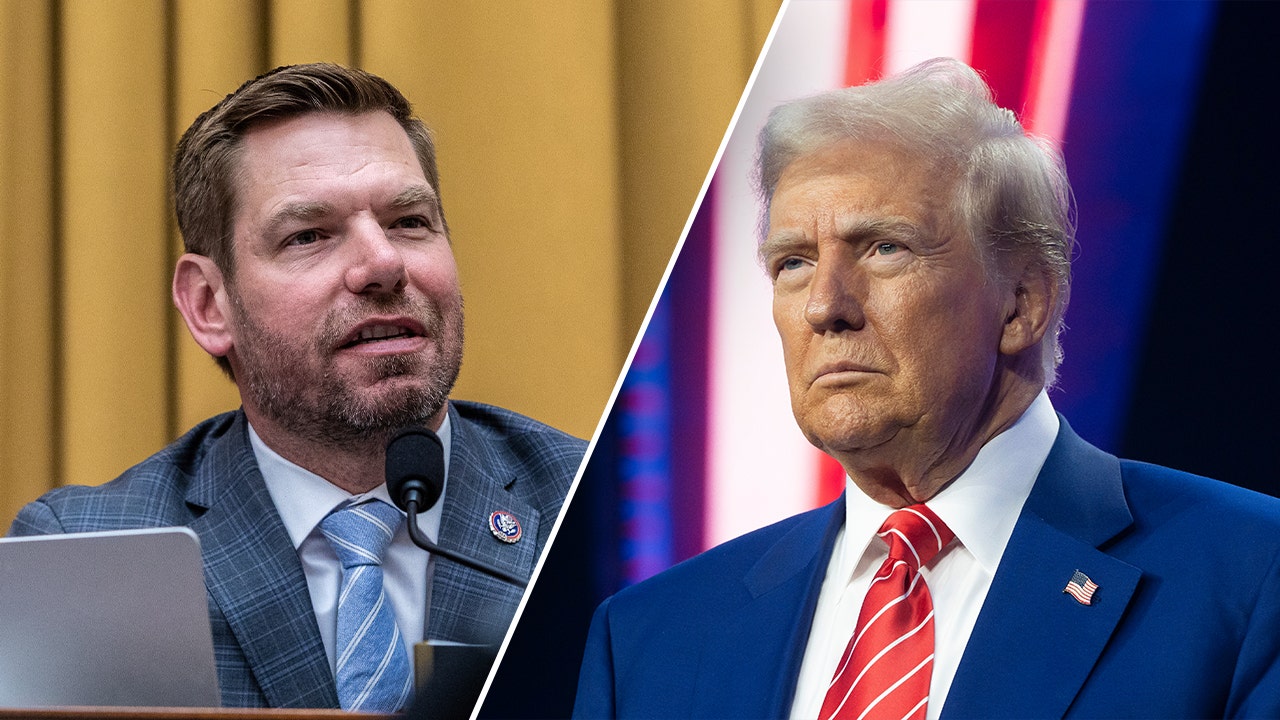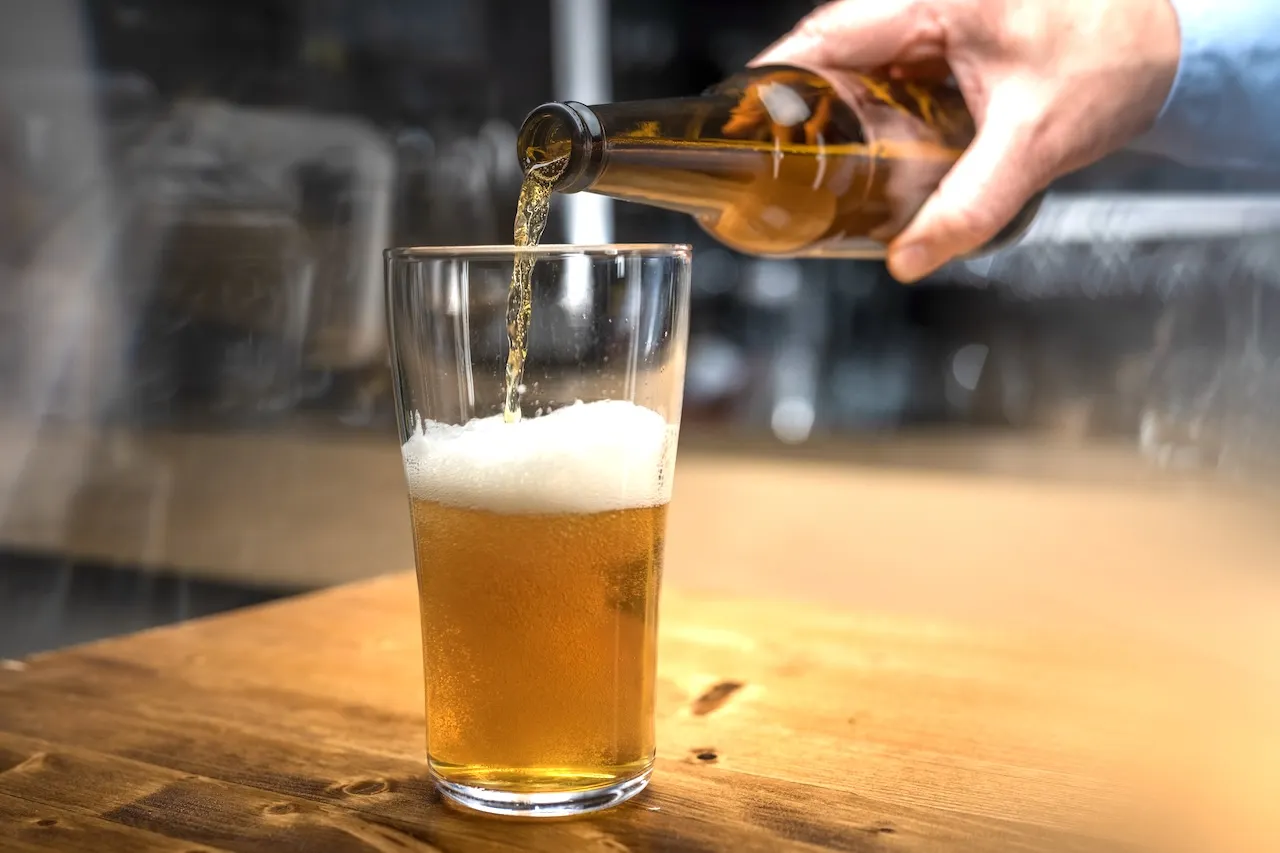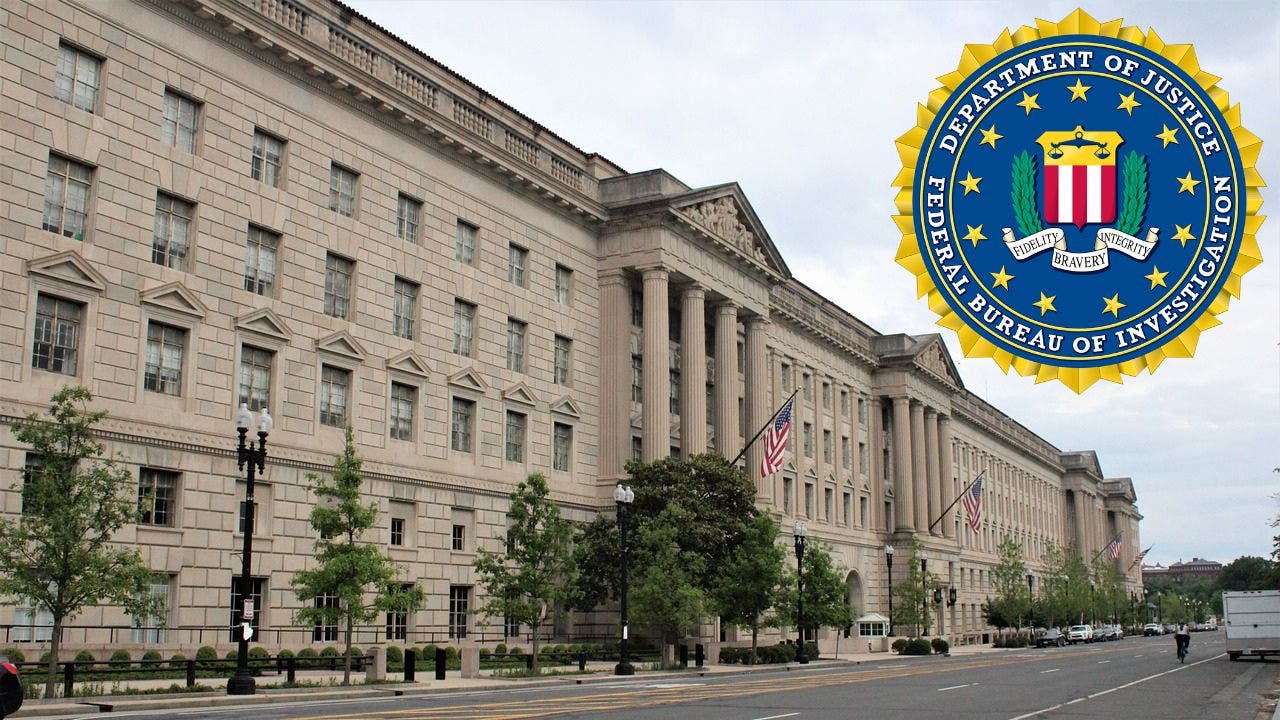As the ski season has started, many wonder when’s the best time to hit the slopes. Ski season in Utah runs from November to May, though dates vary by resort.
Every skier and snowboarder has their own idea of the perfect day. Let’s figure out when it’s right for you to go.
Over the years, you’ve probably curated your own unique mountain style. With a seven-month season, there are different windows — each offering something different to fit your needs.
Whether you’re an après enthusiast, a powder fanatic or a fair-weather shredder, we’re here to help you figure out the best time to hit Utah’s resorts.
When the après-loving skier should hit the slopes
While the early months of the ski season — November and December — may offer fewer inches of snow, they still bring high-quality mountain memories and a vibrant ambiance for skiers and snowboarders alike.
That’s especially the case for après-loving punters — which “is a catch-all phrase that marks the shift from leg-burning ski runs to the social activities that follow,” according to Travel and Leisure.
Snow may be unpredictable in the early season, but the hustle and bustle of social skiers fills the lodges.
For a livelier vibe, Timberline Lodge at Powder Mountain offers live music, great food and dancing — perfect for warming up those cold limbs.
We all know skiing works up an appetite. If your stomach growls while riding the lifts at Solitude, head to St. Bernard’s for a tasty après buffet. One thing’s for sure: Whether or not the snow’s arrived, Utah’s ski resorts will never disappoint in a good time.
When the deep-powder skier will find the best conditions
Peak ski season runs from January through February, according to Canyon Services, since those months offer the best conditions of the year.
“Cold weather and abundant snowfall allow the base to settle, creating well developed bases with deep powder,” the article states.
While champagne powder calls your name, so do the long lines and crowds — January and February are the busiest months. But don’t let that discourage you.
With 15 resorts and hundreds of runs to choose from in Utah, there’s always a place to carve out your own perfect day.
When the fair-weather skier should make their mountainside appearance
Spring skiing runs from March through May. Many fair-weather skiers eagerly await the perfect bluebird day. Bluebird days involve bright sunny skies, calm conditions and often maintain average to above-average snow conditions.
On average, Snowbird enjoys 22.4 bluebird days between March and May, according to Snow Forecast.
As temperatures rise and layers come off, ski season starts winding down. To keep the stoke alive, Utah resorts host fun events and competitions to distract from the melting snow beneath our skis.
At Alta, skiers don wild costumes for the famous Frank World Classic event where skiers come together to celebrate the season and ski community, according to FreeSkier.
At Solitude, you can cheer on skiers at the Pond Skim Beach Party, according to their website, and relive the season at their Ski DJ parties. Snowbird invites you to rock your ‘80s gear while showing off your tricks in style.
Whether you join in on the festivities or just watch the entertainment, one thing’s certain: You’ll bask in the warmth of the sun, maybe even shedding your coat for the last runs of the season. Don’t forget your sunscreen!



























